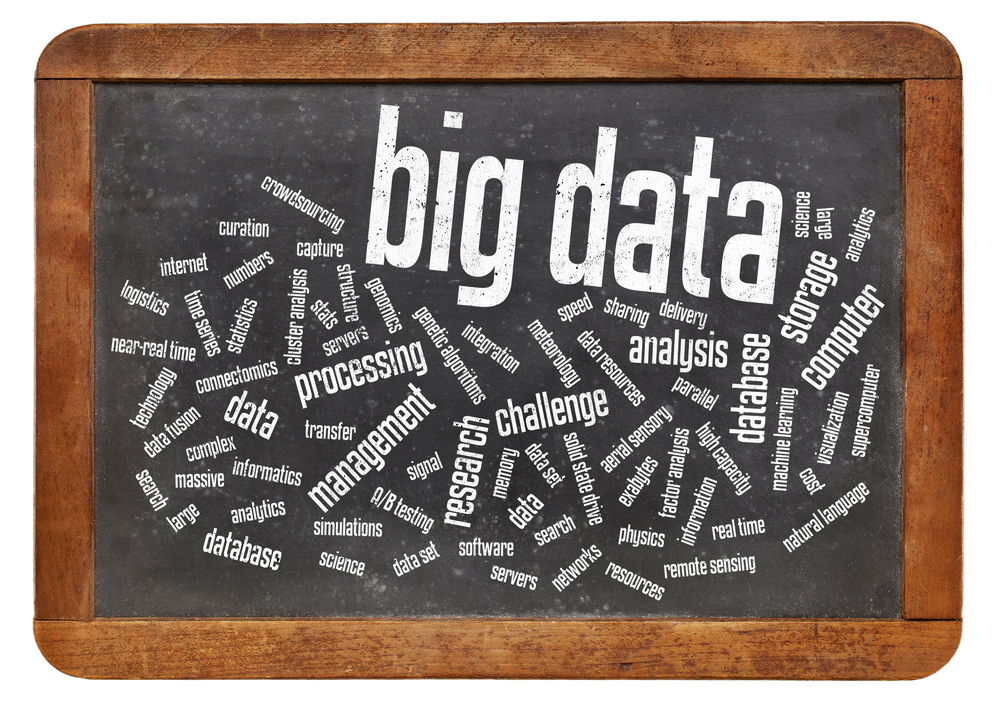
The main headline is that the confluence of Arbitron and Nielson may bolster the fostering of an enriched single-source video approach. Nielson set forth plans in early 2013 to rope in Arbitron for $1.26 billion. After months of regulatory details, the federal trade communication accepted the merger. The consolidated corporation is poised to be the only supplies of advertising currency for leading ad mediums like TV, radio and online. The commingling of digital media with combined consumer electronics is effectuating widespread, interminable volumes of user data, known as “Big Data”. Numerous fresh business models constitute these data.
However, for advertising, data is the crux of business. Herein, you have data of all sorts and varieties that propel stakeholders to make proportionate investment in parity with the value of media assets. These are video programs, TV commercials, online publications, gaming applications or advertising messages. Big data fosters new ways for measuring audiences. Conventional targeting has typically been audience-driven. It uses geographic, demographic and time-specific information. Nevertheless data emanating from an internet-propelled device is definitely granular in structure. This enables more data collection, supports refined audience targeting approaches, which include both internet-driven and audience-driven avenues.
Targeting and audience-ridden data regards segment consumers on their identity, their usage devices and the media content up for consumption. Internet-centric steps vindicate techniques that locate and engage consumers based on their preferences or interests. Parks associates research has discerned the shift from media consumption to different, new avenues. Media consumers are not loyal to one device, which necessitates an immediate concern for audience duplication. This includes both time and money for targeting the same user repeatedly. Despite industry requisites, there has been a ceaseless problem in inculcating a standard that encapsulates the overlap of new with traditional media. A dedicated cross-platform measurement concept quantifies and redefines unduplicated access across cable and broadcast television, web properties and the Internet. Still, varying data assimilation methods, perpetual device segregation, reporting metrics, and paucity of an industry-vindicated mechanism to standardize this process belittle or affect industry endeavors.
Advertisers and TV programs have long been vouching for a single code video metric to assess the influence on video content since it caters to multiple screens and individuals. This system is pivotal in understanding entire viewing levels, which organically determine advertising effectiveness alongside program value. Content owners grossly depend on the growth and stability of the emerging media ad spectrum since it is important to obtain credit for both unduplicated and combined viewership irrespective of the device fold which percolates the program for consumers. This demand is bound to grow since more consumers watch video program beyond the ghetto of traditional channels. People are increasingly using smartphones, computers and tablets as television platforms.
Audience segmentation and profiling is also important as such models formulate bigger audience descriptions in accordance with the features of smaller subsets. The targeting approach entails greater user parameters for digital media campaigns. It’s the fulcrum of real-time, transacting ad exchanges.







